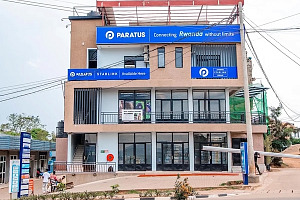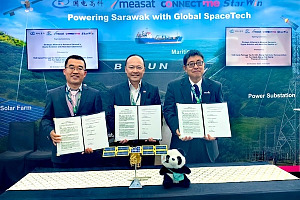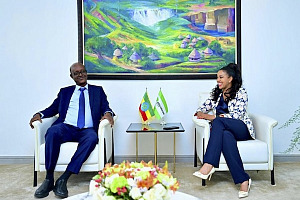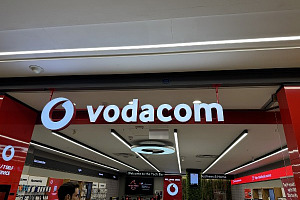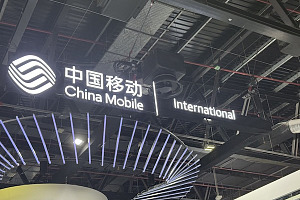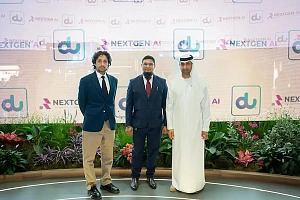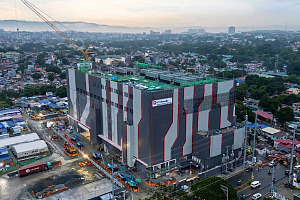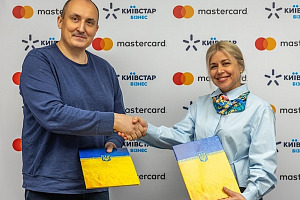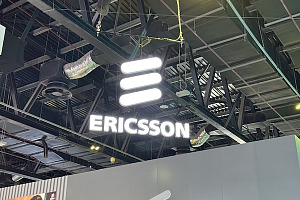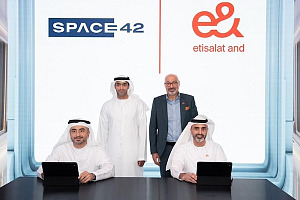The direct-to-device (D2D) satellite connectivity business has been back in the headlines with the, potentially, highly significant news that two satcoms businesses, Lynk Global, a patented and commercially licensed D2D system, and Omnispace, which says it is delivering a unique, 5G-based ‘one global network’, are to merge. But how will this affect the developing world?
The combined entity will leverage Omnispace’s 60MHz of globally coordinated S-band spectrum and its high-priority filings with United Nations agency the International Telecommunication Union (ITU), optimised for D2D services.
Omnispace says that by leveraging 5G technologies, it is combining the global footprint of a non-geostationary satellite constellation with the mobile networks of the world’s leading telecom companies to bring an interoperable 'one network' connectivity to users and IoT devices anywhere on the globe. The company says its licensed mobile satellite spectrum is compliant with 3GPP standards for non-terrestrial networks (NTN), and adheres to national regulatory frameworks.
As for Lynk, the combined entity will, the partners say, benefit from Lynk’s patented, proven, low-cost, multi-spectrum satellite technology platform. Lynk’s technology enables backward compatible satellite-delivered mobile voice and messaging services to more than 7 billion smartphones and IoT devices and will leverage the S-band to offer what is described as a step-change in its data, voice and messaging services to new smartphones and IoT devices, including automotive platforms.
A long-established satcoms name is also involved in this deal. Following the merger, global space solutions company SES (which earlier this year provided funding for Lynk) will become a major strategic shareholder, facilitating a robust deployment of D2D and IoT services for MNO, enterprise and government customers as part of a multi-orbit, multi-spectrum network architecture.
But will this, so far unnamed, new company benefit developing markets? It’s certainly possible. The Omnispace offering includes the largest S-band market access footprint, reaching over one billion people across the Americas, Europe, Africa and Asia, enabling, the company says, accelerated global deployment and scalable service delivery. And the company has made headlines in these pages in recent years through collaborations in Africa, Brazil and the Philippines, to name only three significant territories,
Lynk, meanwhile, says its relationships with over 50 MNO customers across more than 50 countries will see significant benefit from its enhanced D2D offering. This year it has highlighted successful tests of its service in South Africa and Turkey.
As for the rationale behind the deal, this is a growing and competitive market, which may make such a collaboration a more cost-effective approach, but the two companies are presenting the agreement in a very positive light. Ramu Potarazu, CEO, Lynk, says: “We now have the right mix of technology, spectrum and leadership to extend mobile connectivity where and when it’s needed most.”
Ram Viswanathan, President and CEO, Omnispace, adds: “This merger unlocks the full potential of our global S-band spectrum assets and positions us at the forefront of D2D.”
SES, a current investor in both companies, says it will also benefit, deepening its partnership profile following the merger, providing access to its multi-orbit network and globally deployed ground infrastructure. SES will also support the engineering, operations and regulatory needs of the combined entity. The partnership will enable SES to enhance current services for its customers around the world, including those in the mobile telecom, automotive and government sectors.
Adel Al-Saleh, CEO, SES, says: “We see enormous opportunities in D2D and IoT connectivity. The planned combination of Lynk and Omnispace will offer SES access to new [low earth orbit] LEO capabilities that align with our strategy to diversify into this high-growth segment. This merger pairs an industry-leading global spectrum portfolio with a disruptive cost-effective satellite technology platform – accelerating deployment and delivering significant value to our commercial and government customers.”






